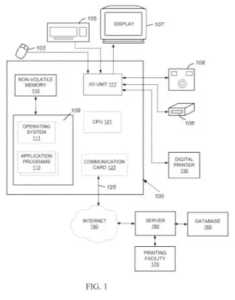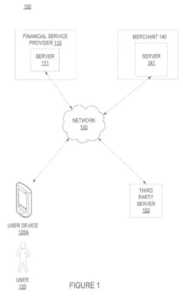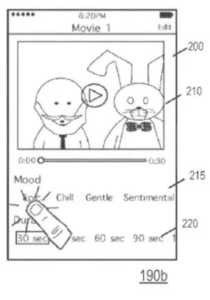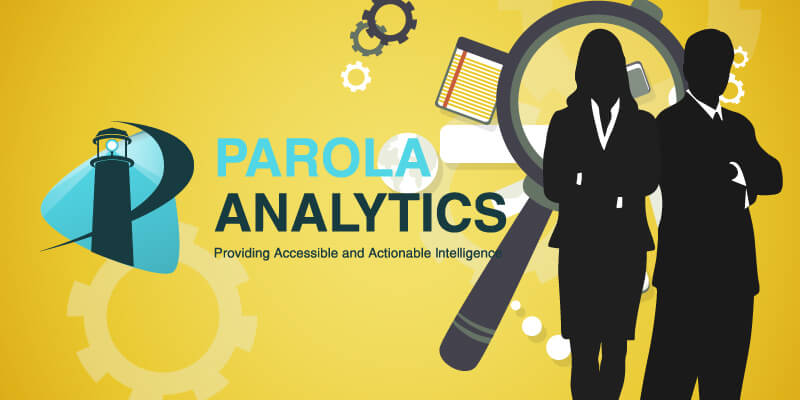We looked into pending patent applications filed inat the USPTO in 2020 and here are some of the inventions that may be just be built for the holiday season:
Apple
Apple’s mood determination patent application contains systems and methods that can analyze media content and detect at least one mood or emotional state. Since virtual get-togethers are the way to go this holiday season with the pandemic, Apple’s pending patent application may be useful (or not!) in the future for re-watching 2020 holiday get-together videos done through a screen.
Beyond personal videos, however, Apple’s patent also includes a method of managing a media library, which can identify at least one valid mood within a collection of media content items (MCIs), determine a “source mood statistical representation”, and define a presentation of the MCIs through the use of at least “one valid mood.” This may have potential ramifications for meetings in work from home arrangements, telehealth consulting, and other forms of virtual communication.
US20200372064A1
Mood determination of a collection of media content items
Apple Inc.
Filing date: 2020-08-10
Abstract
Systems, methods, and computer-readable media for determining at least one valid mood for a collection of media content items of a media library are provided.
Shutterfly
Shutterfly’s patent appli
cation describes a method of animating a still photo or playing a video by viewing a card or picture from your phone.
 Shutterfly’s method also includes the automatic arrangement of images into an image product design, potentially making personalized greetings and gifts more convenient for the company’s consumers. Users will be given an option to review, edit, and request physical copies of the image product. The method may be used in products such as photobooks.
Shutterfly’s method also includes the automatic arrangement of images into an image product design, potentially making personalized greetings and gifts more convenient for the company’s consumers. Users will be given an option to review, edit, and request physical copies of the image product. The method may be used in products such as photobooks.
Proactive creation of image-based products
Shutterfly LLC
Filing date: 2020-08-05
Abstract
A method for proactively creating an image product includes capturing an image of an object in a first environment by a device, storing a library of personalized products each characterized by a product type, automatically recognizing the object in the image as having a product type associated with the library of personalized products, automatically creating a design for the personalized product of the product type using personalized content, automatically displaying the design of the personalized product of the product type incorporating the selected photo in the first environment on the device, and manufacturing a physical product based on the design of the personalized product
 Capital One
Capital One
With the rise of online shopping and e-commerce particularly during the holiday season, security of financial information is becoming more and more important. Capital One has submitted a patent application concerning methods and systems that can provide alert messages to users concerning suspicious transactions, assisting them in making informed decisions on their financial transactions to avoid potential troubles or disputes.
Before a user completes a transaction, Capital One’s pending patent technology may notify a user of poor reviews or low ratings of a merchant which can indicate that the products or services from the said merchant may have a high likelihood of being subjected to future disputes. It may also notify users of inconsistencies with transaction patterns associated with them.
US20200364713A1
Method and system for providing alert messages related to suspicious transactions
Capital One Services LLC
Filing date: 2020-07-20
Abstract
Systems and methods are provided for providing alerts to a user. The systems and methods may include a financial service provider including a memory device storing instructions, The financial service provider may also include at least one processor configured to execute the instructions to receive data relating to a transaction made by the user, compare the received data to a set of data associated with the user, determine whether the data relating to the transaction deviates from a set of data associated with the user by more than a threshold value, and send an alert message to a user device associated with the user when the processor determines that the data relating to the transaction deviates from the set of data associated with the user by more than the threshold value.








